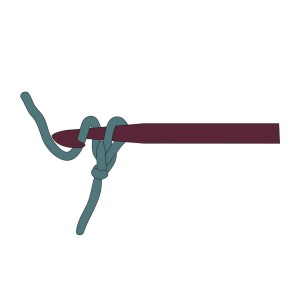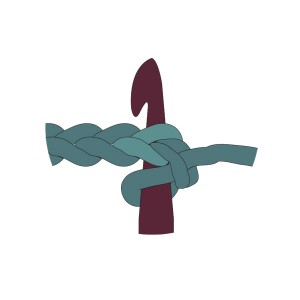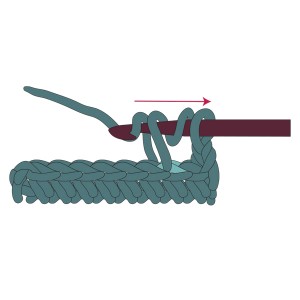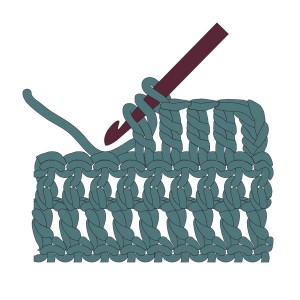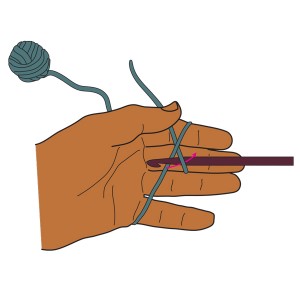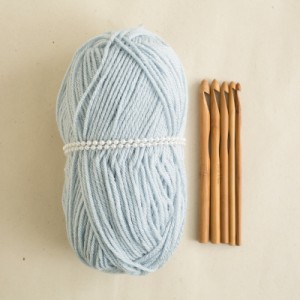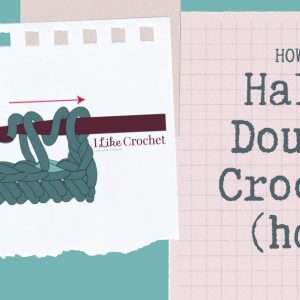
How do you do a half double crochet stitch? Learn by following the illustrated tutorial below! Half double crochet (hdc) is an easy stitch to learn and it’s only slightly more involved than the single crochet stitch. The resulting stitch pattern is a little looser and taller than the single crochet, and it uses a little more yarn.
View Project


